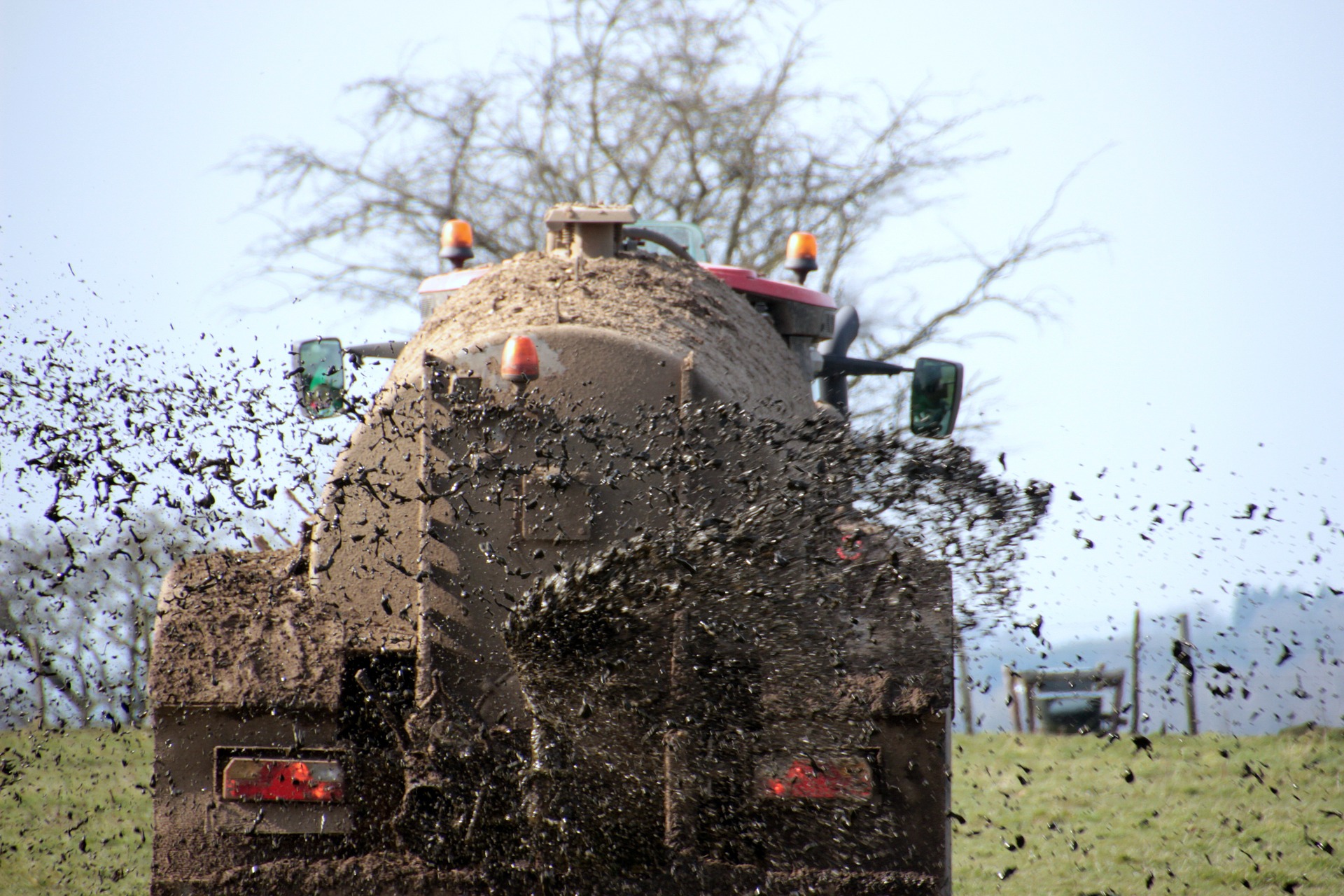By Andrew Hawkins
With inorganic N now costing £2 per kg, it’s important to remember the value of your organic manure and establish a plan to capture this value.
You only need to look at the figures to see that your muck heap and lagoon are two of the best assets on your farm. For example, did you know your cattle’s slurry is worth £24/acre?
So, what can you do to make the most of your organic manure?
The quality and quantity, type and timing of application will all have an impact on the nutrient availability of the manure to the crop. It’s important to evaluate these factors to maximise the utilisation of the resource on your farm.
To assess these factors properly, the first and most critical action to take is testing your slurry. Visibility of grassland pH will guide you as to how effectively the N is used; having this information to hand will remove any guesswork and fill you with confidence in the resource.
You will also be able to make accurate decisions about which actions to take going forward, and when to take them.
Drilling into the numbers
Let’s look at what can be referred to as ‘tomato soup’ slurry; this is 6% dry matter with 2.6kg N per 220 gallons. Band spread this in February or March at 2,500 gallons per acre (28 cu m/ha) for 40% available N to grassland, 11.82 kg N/a or 29.2kg/ha. This’ll meet the crop requirement for one grazing rotation.
By band spreading or using a trailing shoe, you can consider monthly applications to grow 9-12 tDM/ha. There is also the potential for the equivalent of £100/a of N.
Ultimately, timing is essential. It’s more important to apply your organic manure at the time when crops can utilise the N, hence the reason February onwards should be your target.
What about phosphate?
Although the plant’s requirement for phosphate is small compared to nitrogen, its availability is essential. The best strategy is to apply your annual P requirement in early spring and have the lion’s share of it applied by April.
For grazed swards, there is no requirement when it comes to phosphate above index 2. At index 2, however, the recommended requirement is 20kg/ha. It’s worth noting that 28 cu m will supply 16.8kg/ha.
Again, soil test results are invaluable and will help to optimise phosphate applications. This is particularly important as excessive use of phosphate manure may also increase P loss from agricultural soils, posing environmental impacts.
To spread the risk and dilute the effect of added phosphate, you could alternate grazing and cutting fields.
Improving the value of your manure is not a one fits all solution. Just like your soils, your slurry is unique to your farm. Measuring the nutrient content of the slurry is a valuable step for accurate and consistent application.
It’ll help you to evaluate what equipment you’re going to use too, and when. Something you can then share with your team to ensure you’re taking a succinct approach to managing your organic manure.
Our Farm Business Consultants are on hand to offer guidance and support on what you need to do to make the most of your manure. If you’d like to learn more, get in touch today.








